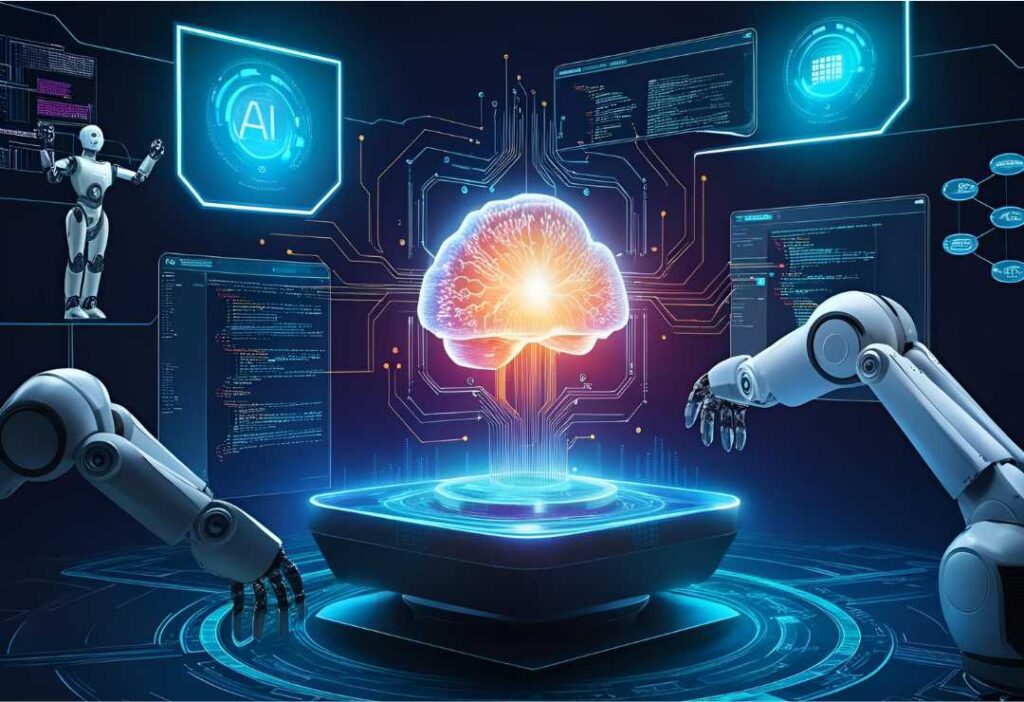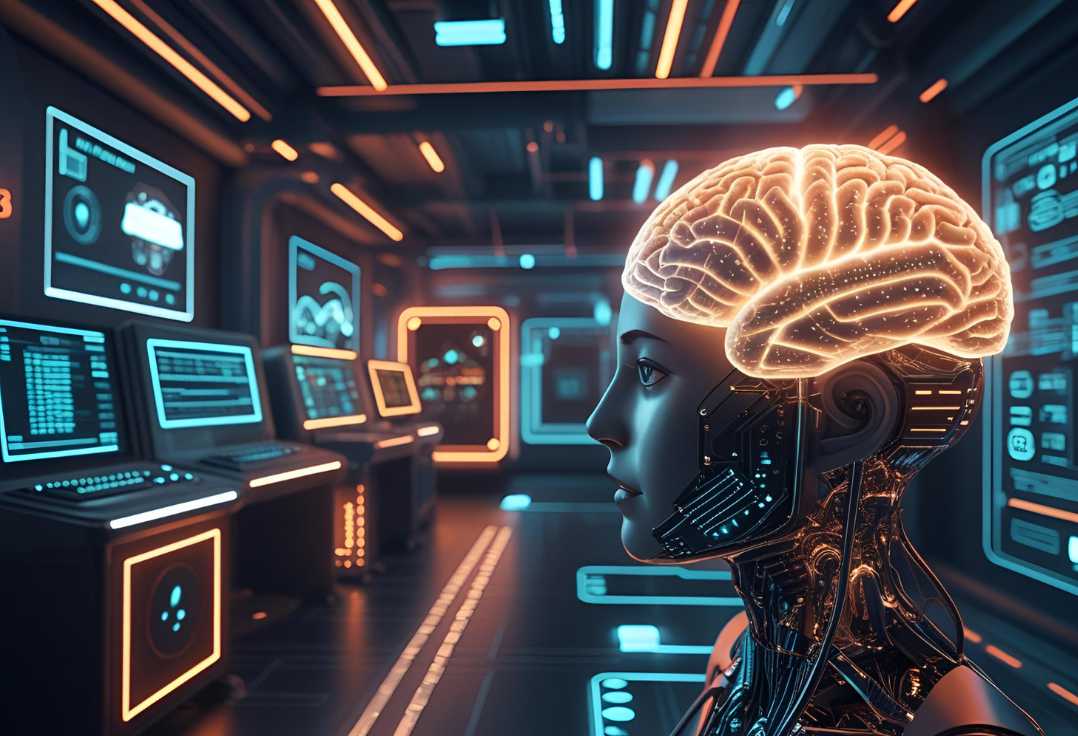
Introduction
AI agents and autonomous systems represent a paradigm shift in artificial intelligence, moving beyond static models to dynamic entities capable of independent reasoning, decision-making, and task execution. These systems are designed to perceive their environment, process information, and take actions to achieve predefined objectives with minimal human intervention.
This article examines:
- The fundamental principles of AI agents and autonomous systems
- Current advancements and real-world implementations
- Technical challenges and ethical considerations
- Future trajectories and societal impact
1. Defining AI Agents and Autonomous Systems
AI Agents & Autonomous Systems are built around a core computational entity: the AI agent. An AI agent is a self-directed system that interacts with its environment through sensors (input) and actuators (output), guided by an internal decision-making mechanism. Unlike conventional AI models that generate passive responses to prompts, AI Agents & Autonomous Systems are proactive, goal-driven, and capable of learning from interactions—enabling true autonomy.
Key Characteristics of AI Agents
- Autonomy: Operate without continuous human oversight.
- Adaptability: Improve performance through experience (machine learning).
- Goal-Oriented Behavior: Execute tasks to achieve specific outcomes.
- Reactivity: Respond dynamically to environmental changes.
Classification of AI Agents
- Simple Reflex Agents
- Operate on condition-action rules (e.g., thermostat controls).
- Model-Based Reflex Agents
- Incorporate internal state tracking (e.g., self-driving cars).
- Goal-Based Agents
- Make decisions to achieve objectives (e.g., travel booking agents).
- Utility-Based Agents
- Optimize actions based on predefined metrics (e.g., stock trading bots).
- Learning Agents
- Evolve strategies through reinforcement learning (e.g., AlphaGo).
2. Cutting-Edge Developments
A. Autonomous Software Agents
- Devin (Cognition AI): An AI software engineer capable of writing, debugging, and deploying code independently.
- GitHub Copilot Workspace: Extends code autocompletion to full project lifecycle management.
B. Personal and Enterprise Assistants
- GPT-4o (OpenAI): Integrates multimodal inputs to perform tasks like document analysis and web navigation.
- Adept ACT-1: An agent framework for automating workflows across software applications.
C. Embodied AI and Robotics
- Figure 01: A humanoid robot leveraging OpenAI’s vision-language models for real-time object manipulation.
- Tesla Optimus: Demonstrates advanced dexterity and environmental interaction.
D. Multi-Agent Systems
- Stanford’s Generative Agents: Simulated AI societies where agents exhibit human-like behaviors.
- AutoGPT: An open-source autonomous agent that chains tasks to solve complex problems.
3. Technical and Ethical Challenges
A. Reliability and Safety
- Hallucinations: Incorrect actions due to flawed reasoning.
- Adversarial Attacks: Malicious exploitation of autonomous decision-making.
B. Control and Alignment
- Value Alignment: Ensuring agent objectives align with human ethics.
- Unintended Consequences: Cascading effects of autonomous actions in complex systems.
C. Societal Impact
- Labor Displacement: Potential disruption of jobs in coding, customer service, and logistics.
- Regulatory Gaps: Lack of frameworks governing autonomous agent deployment.
4. Future Directions
A. Self-Improving Agent Networks
- Recursive Self-Improvement: Agents that enhance their own architectures.
- Hierarchical Systems: Multi-tiered agent ecosystems for large-scale problem-solving.
B. Progressing to Artificial General Intelligence (AGI)
- Autonomous agents may serve as foundational components for AGI development.
C. Policy and Standardization
- Initiatives like the EU AI Act aim to classify and regulate high-risk autonomous systems.
Conclusion
AI Agents & Autonomous Systems are redefining the boundaries of artificial intelligence, enabling machines to operate with unprecedented independence. As these technologies evolve, they unlock transformative potential—from enterprise automation to advanced robotics—while confronting critical challenges in safety, ethics, and control. The rise of AI Agents & Autonomous Systems marks a paradigm shift in how intelligent systems interact with the world.
Critical Questions for the Future
- How can we ensure the robustness of autonomous systems in critical domains?
- What governance models are needed to balance innovation and risk mitigation?
- Will autonomous agents accelerate the path to AGI, and at what cost?
More Articles :
How to Actually Make Money Online (No-BS Guide)


